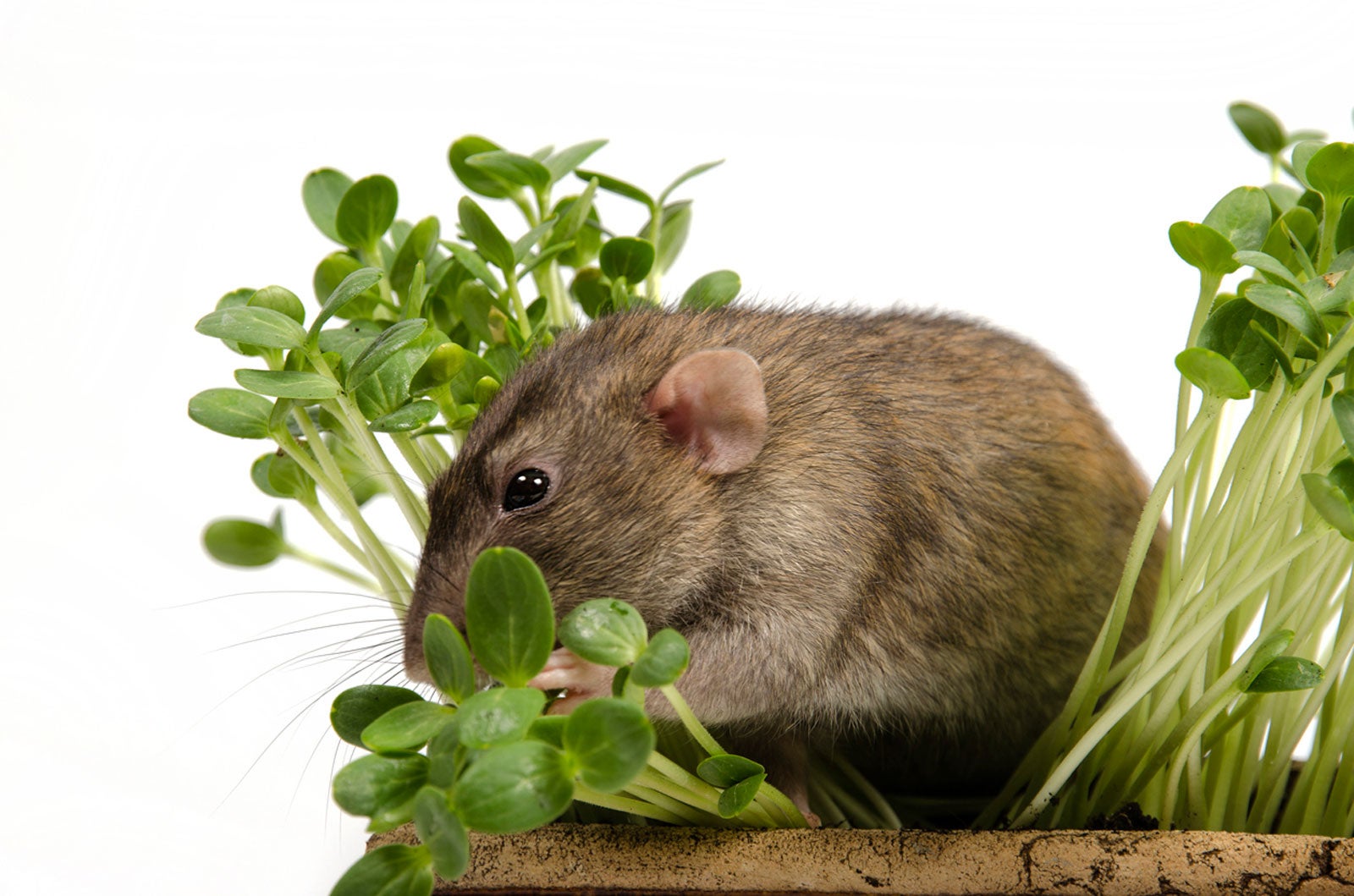Seedlings Are Being Eaten – What Animal Is Eating My Seedlings


Few things are more frustrating in the home vegetable garden than dealing with unwanted pests. While insects can cause quite a bit of damage to crops so too can the presence of small animals like mice, squirrels, and chipmunks. Though garden plants may be damaged at any stage of growth, tender seedlings are especially vulnerable.
Determining which animals are the culprit and, more importantly, how to control them will be essential to a successful start to the garden season.
Read on for tips on what to do about small animals eating seedlings in your garden.
What Animal is Eating My Seedlings?
While garden seeds are commonly eaten by mice, most seedlings are damaged by voles, chipmunks, rabbits, or squirrels. To determine the small animals eating seedlings in your own garden, it will be important to observe the area carefully.
Many types of rodents can create a series of tunnels, while larger animals like squirrels may leave more obvious signs that chewing has occurred. In many cases, these small animals may be seen in the garden early in the morning or late in the evening.
How to Protect Seedlings
While there are many traps available for the control of problem animals, these techniques may not suit everyone. This is especially true for those with pets or children in the home. Luckily, there are several strategies that gardeners can employ to deter animals that eat seedlings.
In many cases, animals that eat seedlings may be deterred by homemade DIY repellents. These DIY recipes most commonly include the addition of ingredients such as cayenne pepper or vinegar. If choosing to make your own repellent, make certain to use a recipe only from a reputable source, as this will ensure that no harm will be done to plants, pets, or people.
Sign up for the Gardening Know How newsletter today and receive a free copy of our e-book "How to Grow Delicious Tomatoes".
When seedlings are being eaten, it is often a sign that food for the animals has become scarce. Many growers choose to counteract this by creating a feeding station far away from garden beds. This can be done through the use of feeders specifically designed for squirrels, for instance, or other wildlife. Some may even choose to plant additional vegetables near the feeder in an attempt to divert attention from the actual garden.
Small animals eating seedlings may also be scared away. While both dogs and cats can be effective for this task, many small animals are quick to scurry away with the use of motion-activated sprinklers or other visual deterrents.
If these tactics fail, gardeners always have the option to protect seedlings with the use of wire, row covers, or netting. Securing these structures tightly in place is usually ample protection to help delicate seedlings thrive until they have grown large enough for transplant into other areas of the garden.

Tonya Barnett has been gardening for 13 years. Flowers are her passion. She has transformed her backyard into a cut flower garden, which she regularly chronicles on her YouTube channel http://www.youtube.com/@tonyawiththeflowers.